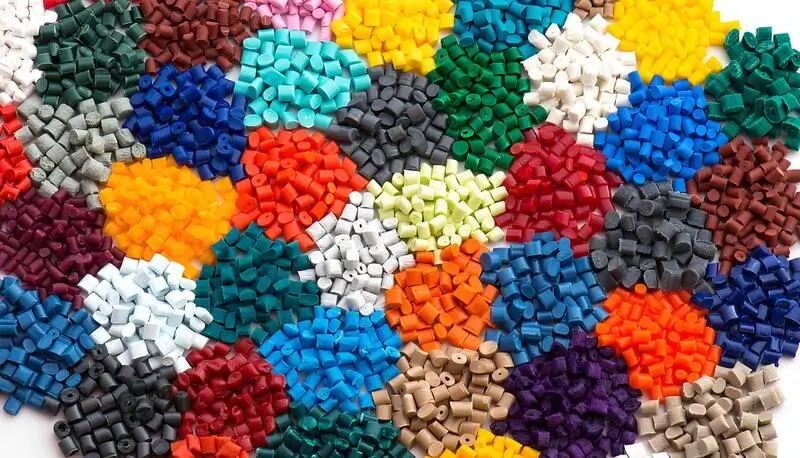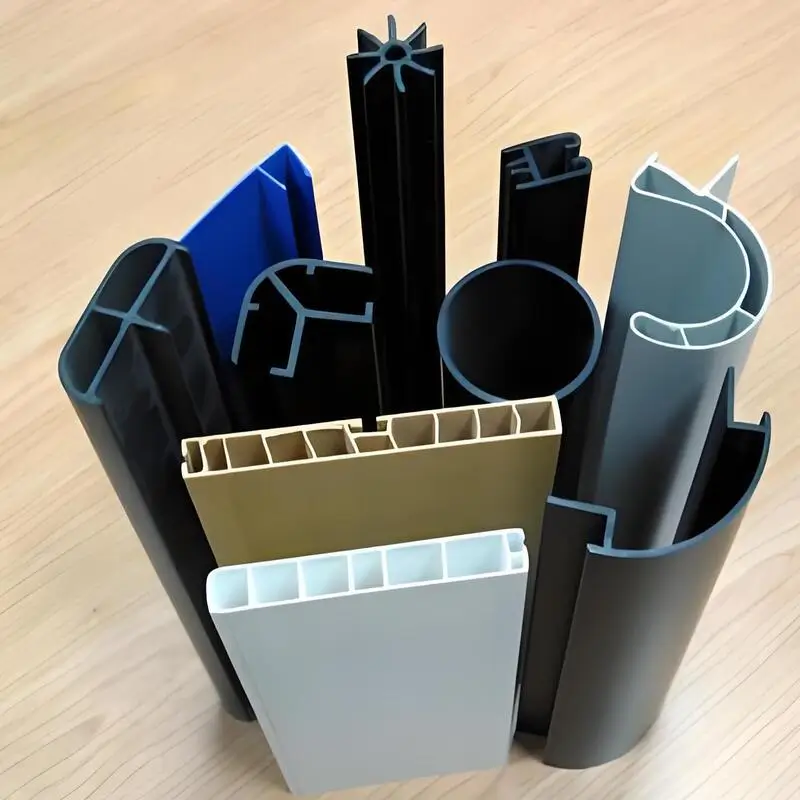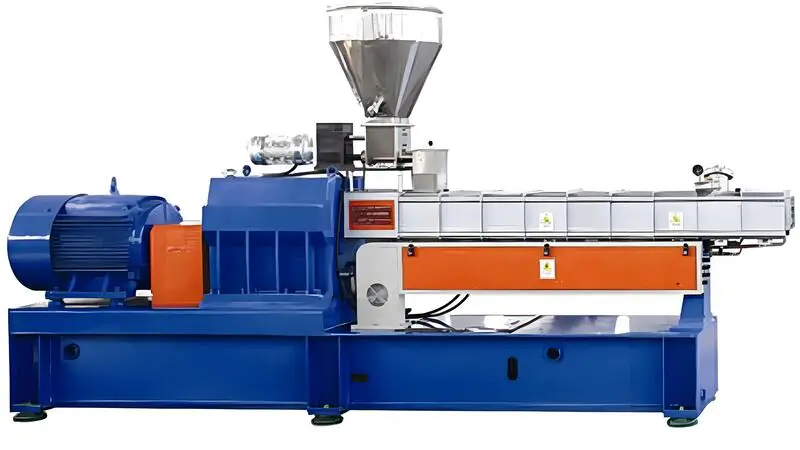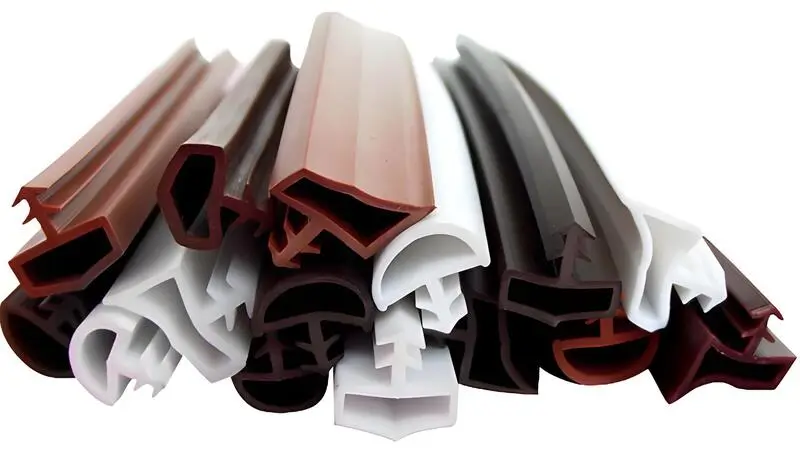
In the process of extruding plastic, the thickness of the product is one of the key factors affecting the cost of production. Different thicknesses have significant differences in material consumption, processing time, energy consumption, and equipment adjustment. This article will discuss the impact of product thickness on the cost of plastic extrusion, and analyze how to achieve cost optimization through reasonable thickness design.
Increasing the thickness of the product will significantly increase the consumption of raw materials, energy consumption, and equipment load, and may also reduce the production speed and cause quality problems such as uneven thickness, bubbles, and cracking, thereby increasing the overall cost.
Product thickness affects plastic extrusion costs.True
Thicker products require more material and energy to produce, which increases production costs.
Product thickness does not affect plastic extrusion costs.False
Product thickness plays a significant role in determining extrusion costs, as thicker products require additional resources for processing.
- 1. How does product thickness affect raw material costs?
- 2. How does product thickness affect the cost of energy consumption?
- 3. How does product thickness affect extruder loading?
- 4. How does product thickness affect production speed?
- 5. How does product thickness affect product quality?
- 6. Conclusion
How does product thickness affect raw material costs?
Raw materials are one of the biggest expenses in plastics extrusion, and the thickness of a product directly affects how much raw material is used. The more you increase the thickness, the more raw material you need, which increases your production costs.
The thicker the product, the more raw material you need for each unit. When you make a product, the thicker it is, the more plastic you use in each product, which increases the cost of each product.

Relationship between thickness and raw material consumption
The thickness of a product directly determines the amount of raw material required for a single unit. In the production process, the greater the thickness, the greater the amount of plastic used in a single product, directly increasing the cost of a single product.
Thickness uniformity affects material usage
In extrusion, if the thickness is uneven, you waste raw material. If the thickness of the product varies a lot, then you waste material when you actually make the product, which increases your overall production costs.
Choose materials wisely to reduce costs
By choosing the right raw materials and optimizing your design, you can reduce the amount of raw material you waste while still making a good product. For example, you can use higher-density plastics or use fillers to reduce the amount of material you use without hurting the performance of your product.
Product thickness affects raw material costs.True
As the thickness of a product increases, more raw material is required for its production, leading to higher material costs. This is because thicker products need more plastic to be extruded, which directly impacts the quantity of raw material used.
Product thickness does not affect raw material costs.False
Product thickness significantly influences raw material costs. Thicker products require more raw material to manufacture, thus increasing overall material expenses during production.
How does product thickness affect the cost of energy consumption?
The thickness of the product affects not only the cost of the material, but also the energy required for the extrusion process. The thicker the product, the more energy is required to maintain the temperature and pressure, resulting in higher energy consumption.
The thicker the plastic product, the higher the temperature and the longer the heating time required during the extrusion process, which directly increases the energy consumption during production.

Temperature and Thickness of Extrusion
Thicker products require higher temperatures to ensure smooth flow through the mold. To avoid incomplete melting of the plastic or processing defects, the temperature setting must match the thickness of the product.
Effect of Thickness on Heating Time
Thicker products require more time to heat up and plasticize, which means that the equipment needs to consume energy over a longer period of time, thus increasing the energy cost per product.
Energy Saving Measures and Thickness Control
Energy waste can be effectively reduced by improving the extrusion process and controlling the thickness of the product. For example, using high-efficiency heaters and temperature control systems, or optimizing the operating rhythm of the production line, can help reduce energy consumption.
Product thickness affects raw material costs.True
The thickness of a product directly influences the amount of raw material required for its production. Thicker products require more material, which increases the overall cost.
Product thickness does not affect raw material costs.False
The thickness of a product is a significant factor in determining raw material costs. Thinner products use less material, while thicker products use more, leading to higher costs for the same type of material.
How does product thickness affect extruder loading?
When you’re extruding plastic, the extruder has to deal with different pressure loads, and those loads are directly related to how thick the product is. The thicker the product, the more pressure you need to process it, and that affects how well the extruder works and how long it lasts.
As the thickness goes up, the extruder needs more pressure to push the plastic through the die, and that extra load on the equipment can lead to more breakdowns and more maintenance costs.

Pressure Changes Due to Increased Thickness
As the thickness of the product increases, the pressure required to be applied by the extruder increases accordingly, placing higher demands on the power and performance of the equipment and possibly requiring adjustments to the equipment settings.
Effect of High Pressure on extruder Life
Extruder operating at high pressures for long periods of time is susceptible to wear and tear, especially on components such as screws and molds. Increased extruder loads accelerate the deterioration of these components, leading to frequent repairs and replacements.
Equipment Optimization and Thickness Matching
Equipment failure rates can be reduced through rational equipment selection and regular maintenance, combined with the thickness requirements of the product. Reasonable production scheduling also ensures an even distribution of the equipment load, thus extending equipment life.
Increasing product thickness generally increases extruder loading.True
When the product thickness is increased, more material needs to be processed by the extruder. This means the extruder has to work harder to push a larger volume of molten plastic through the die, thus increasing the load on the extruder. For example, if you are extruding a thin plastic sheet and then switch to a much thicker one, the motor of the extruder will experience a higher load as it forces more material through the extrusion process.
Product thickness has no impact on extruder loading.False
Product thickness is directly related to the amount of material the extruder has to handle. As the thickness changes, so does the volume of plastic being processed. A thicker product requires more plastic to be pushed through the extruder, which inevitably changes the load on the machine. If product thickness truly had no impact, the extruder's operation would remain the same regardless of the product's dimensions, which is not the case in reality.
How does product thickness affect production speed?
In the plastics extrusion process, production speed is another important factor that affects unit costs. The thickness of the product not only affects raw material and energy consumption, it also affects production speed, which further affects overall production costs.
Thicker products take longer to complete the extrusion process, which usually results in a decrease in production speed. This decrease in production speed directly affects the efficiency and cost of production.

Thickness versus extrusion speed
Thicker plastic products require slower extrusion speeds during processing to ensure product quality and consistency. As a result, an increase in production time usually means an increase in cost.
Production cycle time versus thickness
In mass production, thicker products take longer to complete a production cycle, which not only affects productivity, but can also lead to increased line downtime.
Improve production efficiency
By optimizing mold design and adjusting process parameters, production speed can be increased while ensuring product quality. In addition, the use of efficient equipment and technical means can, to a certain extent, compensate for the thickness brought about by the reduction in production speed.
Increasing product thickness generally decreases production speed.True
When the product thickness increases, the extruder needs to push a larger volume of material through the die. This requires more time for the material to be properly melted, homogenized, and extruded. For instance, in a plastic pipe extrusion process, if the pipe's thickness is increased, the extruder has to work harder and longer to ensure the uniform flow of the extra material, thus reducing the overall production speed.
Product thickness has no significant impact on production speed.False
Product thickness is directly related to the amount of material processed in the extrusion process. A thicker product means more material must pass through the extruder per unit length. This extra material requires additional heating, pressure, and time to be processed correctly. As a result, the production speed is affected. If thickness had no impact, manufacturers could freely change product thickness without any adjustments to production time, which is not feasible in practical extrusion operations.
How does product thickness affect product quality?
The thickness of the product has a big effect on how stable and consistent the product quality is when you’re extruding plastic. Thicker products are more likely to have uneven dimensions, bubbles, cracks, and other things that can mess up the quality of the final product.
It’s harder to keep the thickness consistent and the product quality stable when you’re making thicker products. When you have quality problems, you end up with more scrap, which drives up your costs even more.

Thickness Non-Uniformity Affects Quality
Uneven thickness can cause problems with product performance. When you use the product, it might crack or warp. To make sure the product is good, you have to control the thickness when you make it.
Air Bubbles and Breakage
When you make thicker products, they are more likely to have air bubbles and break when you squeeze them out. This makes the product look bad and not work as well. You can make these problems happen less often by changing how you make the product.
Quality Control
You can use fancy machines and technology to check the quality of the product. For example, you can use a machine to check the thickness while you make the product. This way, you can make sure the product is good.
Product thickness affects product quality.True
The thickness of a product in plastic extrusion directly influences its mechanical properties, such as strength, flexibility, and durability. Variations in thickness can also impact the uniformity of the product and lead to defects like warping or inconsistent texture.
Product thickness does not affect product quality.False
Product thickness plays a crucial role in determining the overall quality of an extruded product. If the thickness is not controlled properly, it can lead to issues like uneven stress distribution, poor surface finish, and compromised performance of the final product.
Conclusion
Thickness of the product has a big impact on the cost of plastic extrusion. It affects everything in the process, from how much raw material and energy you use, to how much Loading you put on the extruder, to how fast you can produce the product, to how well you can control quality. To get the cost right, you need to think about how the thickness of the product affects the whole process when you design it, and then you need to do the right things to control it when you make it. If you design the thickness right and control the process right, you can produce the product faster and better and you can control the cost.








